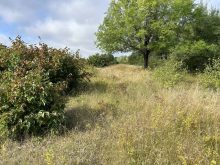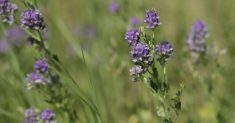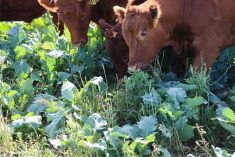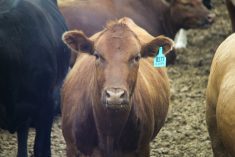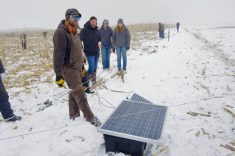Ron and Janice Apostle run their second-generation cow-calf operation on the outskirts of Gilbert Plains with the intent of leaving the land better than they found it.
“Everything starts with the environment,” said Janice. “We used to have our corrals right by the creek and we wanted to apply to move them. During that process we quite literally had to write a novel on why it would be beneficial for the environment and that’s when we really focused in on what we were doing on our farm.”
Read Also
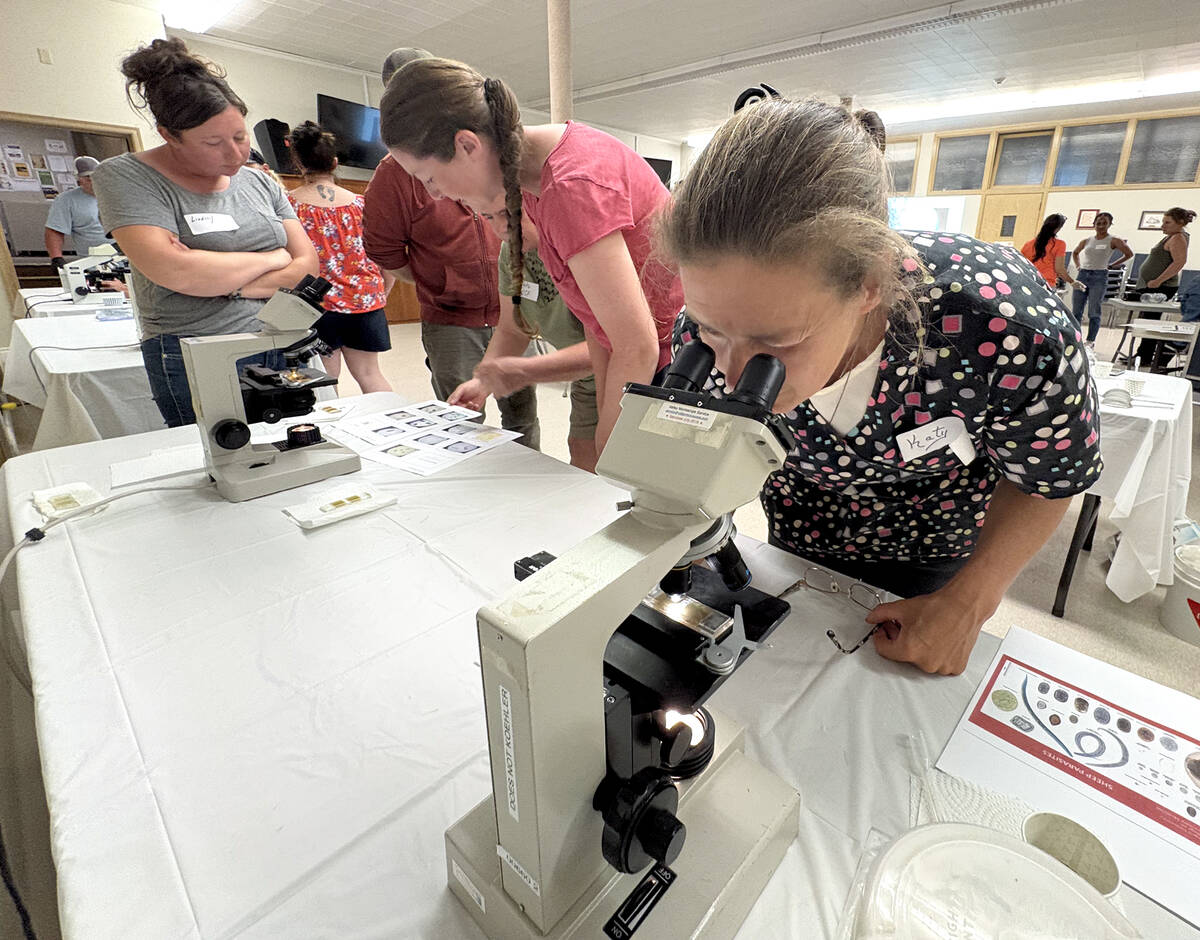
Smart deworming for sheep starts with individual fecal egg counts
Fecal egg count tests are one step to managing dewormer resistance and managing sheep parasites on Canadian sheep farms to maintain flock health.
The Apostles’ operation sits along Renicker Creek, creating picturesque views, but it is also a direct link to Dauphin Lake through the Wilson River.
Improving run-off from their 300-head operation was a major priority for the couple. In 2014, they earned the Intermountain Conservation District’s 2014 conservation award for their efforts by completing an environmental farm plan and constructing a new cattle yard at a higher elevation with a retention pond.
“Everyone has their practice preferences but some practices do concern me, in terms of long-term sustainability. We have always tried to be conscious of our environmental impact. It is concerning when you think what shape we will be in, in a few generations,” said Janice.
In recent years, the couple took part in a holistic management course that Ron said has resulted in dramatic effects in their operation in terms of grass production, labour requirements and finances.
“We took a holistic management course a few years ago and that really changed our way of thinking about things,” said Ron. “It really was helpful in moving our operation towards conservation efforts and just really thinking outside of the box.”
The Apostles had originally enrolled in the holistic management course as a requirement to acquire funding support for their operation.
“We originally took the course for financial reasons because BSE was just killing us. But, the more we read, the more it began to make more and more sense,” said Ron. “I always say I wish I had taken this course 20 years ago.”
Ron says that along with changing the way they look at their operation, the holistic management course gave them a number of tools and tactics to help implement operational changes.
“The holistic management course makes you really look at things differently and notice things on your own operation that you never really did before and then gives you the tools to make a plan,” said Janice. “Had we not taken that course all of the cows would be home in pens, being fed in pens and we would be hauling manure.”
The Apostles now graze their cattle for as long as possible at home before moving them into another pasture for bale grazing through the winter months.
“The cows are bale grazed at a site about six miles away. Bale grazing works really well. I can’t really see any downfalls in the system,” said Ron. “We haul the bales when it is generally warmer outside and don’t burn nearly as much fuel as we used to. We don’t even have a tractor there now.”
Ron says he has also seen a pretty substantial difference in the pasture regrowth since he began importing bales to his pasture site.
“Ever since we started covering the land more, we have seen an improvement in the grass production and more active soils. It was surprising,” said Ron. “The production of the grass after awhile is just phenomenal. We have also noticed the pastures seem to tolerate more water and when it was dry, the pastures were still moist and seemed to tolerate the drought better.”








